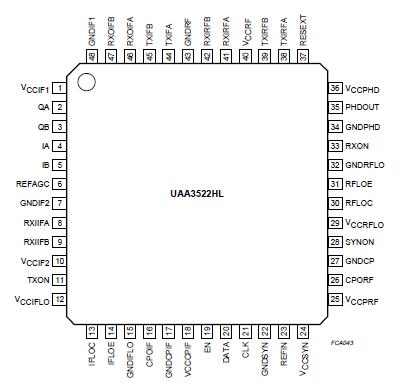UAA3522HL: Features: · Dual-band application for Global System for Mobile communication (GSM) and Digital Cellularcommunication Systems (DCS)· Low noise and wide dynamic range single Intermediate Frequency (IF...
floor Price/Ceiling Price
- Part Number:
- UAA3522HL
- Supply Ability:
- 5000
Price Break
- Qty
- 1~5000
- Unit Price
- Negotiable
- Processing time
- 15 Days
SeekIC Buyer Protection PLUS - newly updated for 2013!
- Escrow Protection.
- Guaranteed refunds.
- Secure payments.
- Learn more >>
Month Sales
268 Transactions
Payment Methods
All payment methods are secure and covered by SeekIC Buyer Protection PLUS.

 UAA3522HL Data Sheet
UAA3522HL Data Sheet








